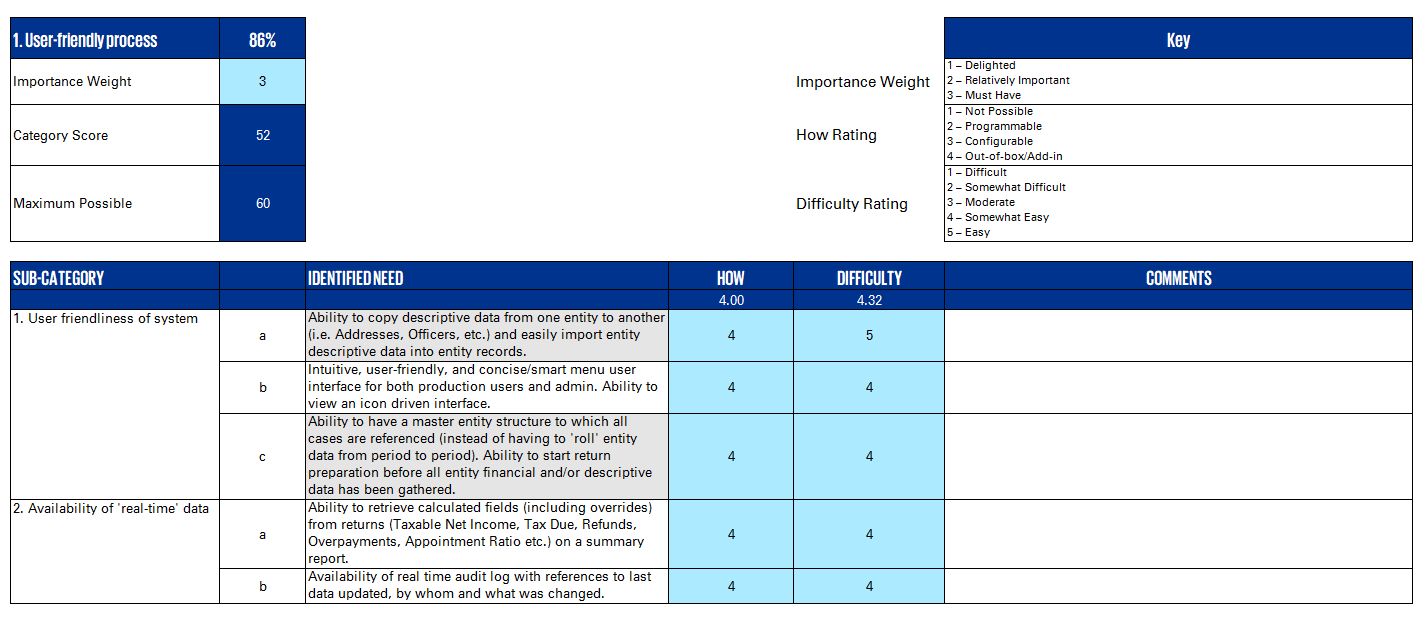Adopting a new technology solution can be transformative for your tax operation. Yet choosing the wrong one could have disastrous consequences. Not just in terms of wasted money, but also the risk of operational disruption and compliance failures.
Then there’s the stress this would place on your team, plus the damage to your credibility as a tax leader – and to your ability to secure investments in the future.
That’s why it’s worth carrying out a thorough, step-by-step process to ensure you make the right decision.
Step by step
You’ll need to understand the market for the software you need; identify and evaluate the options on offer; and maybe conduct a pilot with your preferred vendor.
That can take a while: up to a year in the case of larger implementations. But it will be time and resource well spent.
Going through a structured process like the one below will help you to find the right solution, by bringing objectivity to each stage of the decision.
1. Map the market
Start by making a long list of vendors whose products could meet your technical requirements (which my previous blog covered how to capture). You might carry out your own research, or work with an external expert who knows the tax technology landscape.
Throw the net wide at this point: focus only on your core requirements. If you’re looking for, say, an IFRS tax provisioning software, you’ll probably find around 20 possible solutions.
2. Do a desktop analysis
Now narrow down your list, by evaluating each solution against your wider requirements – by considering factors such as:
- Is it a cloud-based technology?
- Is it a software-as-a-service offering?
- How much can it do out of the box, and how much bespoke configuration will be needed?
- What support options are available?
- Does it cover all the jurisdictions you operate in?
- How easily would it integrate with your wider IT landscape?
- Will you need a systems integrator to implement it?
This detailed analysis should leave you with perhaps three or four remaining suppliers.
3. Use a weighted scorecard
Objectively measure how each shortlisted product meets your most (and least) important requirements.
I’d recommend using a weighted scorecard. This will allow you to rate each of your requirements according to its importance to your tax operations. Ask all stakeholders who will interact with the solution to do the same.













